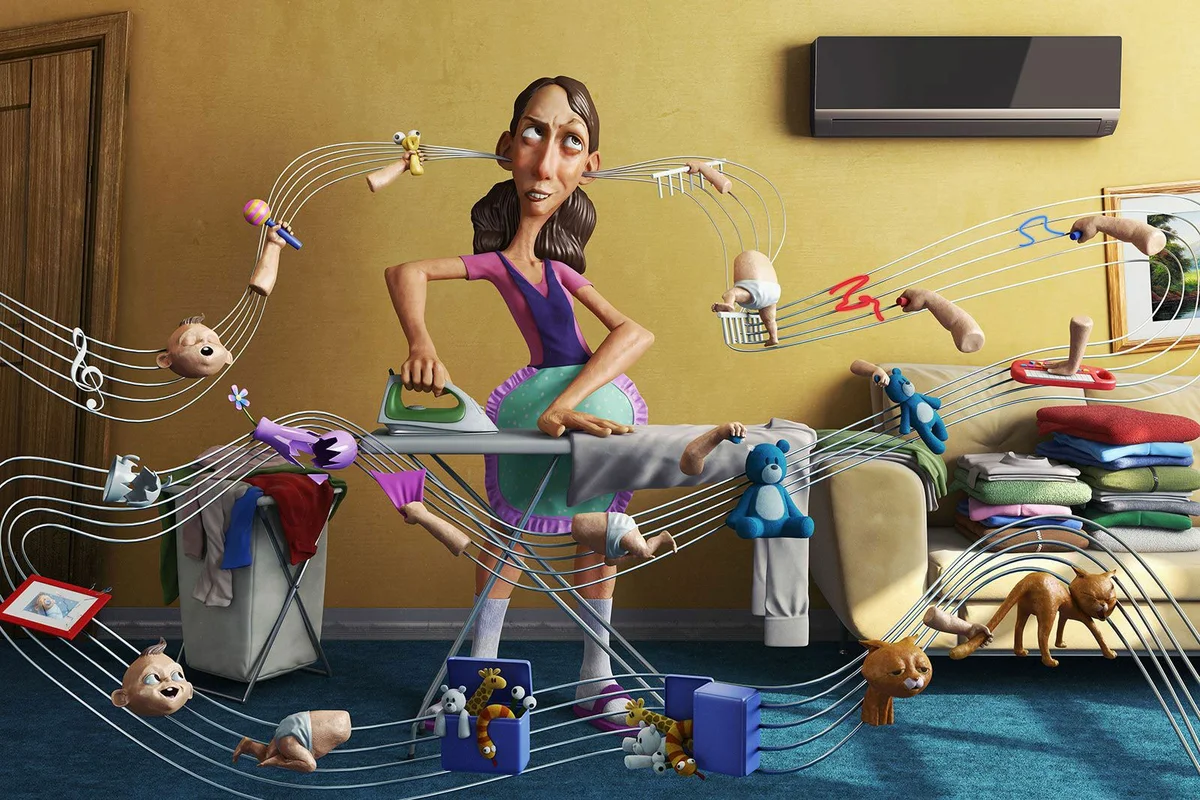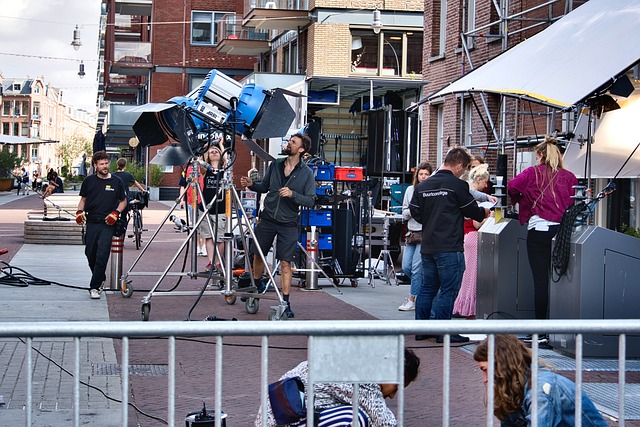The use of 3D animation has become increasingly common in advertising in recent years. This technology allows advertisers to create visually stunning and attention-grabbing ads, as well as flexible and versatile content that can be tailored to specific campaigns. However, the use of 3D animation in advertising also raises ethical concerns, such as the potential for manipulation and misrepresentation. In this blog post, we’ll examine the impact of 3D animation on advertising, exploring its advantages, examples of successful ads, ethical considerations, and future prospects.
Advantages of 3D Animation in Advertising
One of the most significant advantages of 3D animation in advertising is its visual appeal. 3D animation allows advertisers to create ads that are visually striking and can capture viewers’ attention more effectively than traditional 2D ads or live-action content. This is particularly true when it comes to product demos or explainer videos, where 3D animation service can showcase a product’s features and functionality in a more engaging and memorable way. Additionally, 3D animation provides advertisers with a great deal of flexibility in creating and manipulating characters and environments, allowing them to tailor content to specific audiences and campaigns. Finally, the use of 3D animation can increase engagement and brand recognition, as ads that use this technology tend to stand out more and be more memorable.
Examples of Successful 3D Animated Ads
There are many examples of successful ads that have used 3D animation effectively. For example, the “Dumb Ways to Die” campaign by Metro Trains in Melbourne, Australia, used 3D animation to create memorable characters and humorous scenarios that conveyed a serious message about safety. Similarly, the “World of Play-Doh” campaign by Play-Doh used 3D animation to create a vivid and imaginative world that children could explore, helping to promote the brand and its products. These campaigns both demonstrate how 3D animation can be used to create engaging, memorable content that resonates with audiences.
Ethical Concerns Surrounding 3D Animation in Advertising
However, the use of 3D animation in advertising also raises ethical concerns. One issue is the potential for manipulation and misrepresentation, as advertisers can use 3D animation to create ads that mislead viewers or create unrealistic expectations about products. For example, an ad for a weight loss supplement might use 3D animation to create a before-and-after image that exaggerates the results of using the product. Another issue is the responsibility of advertisers to be truthful in their messaging, and the role of regulatory bodies in ensuring ads are not misleading. Advertisers need to be aware of these issues and take steps to ensure their ads are accurate and truthful.
Future of 3D Animation in Advertising
Looking to the future, there are many exciting possibilities for the use of 3D animation in advertising. Emerging technologies such as virtual and augmented reality could revolutionize the field, allowing advertisers to create even more immersive and engaging content. However, it is also important for advertisers to be aware of changing consumer attitudes and preferences, as well as any potential ethical or regulatory changes that could impact the use of 3D animation in advertising.
Conclusion
In conclusion, the use of 3D animation has had a significant impact on advertising, creating opportunities for visually striking and engaging ads, but also raising ethical concerns about the manipulation of reality. By understanding the advantages and ethical considerations of using 3D animation in advertising, as well as keeping up with emerging technologies and changing consumer attitudes, advertisers can continue to create effective and responsible campaigns.





